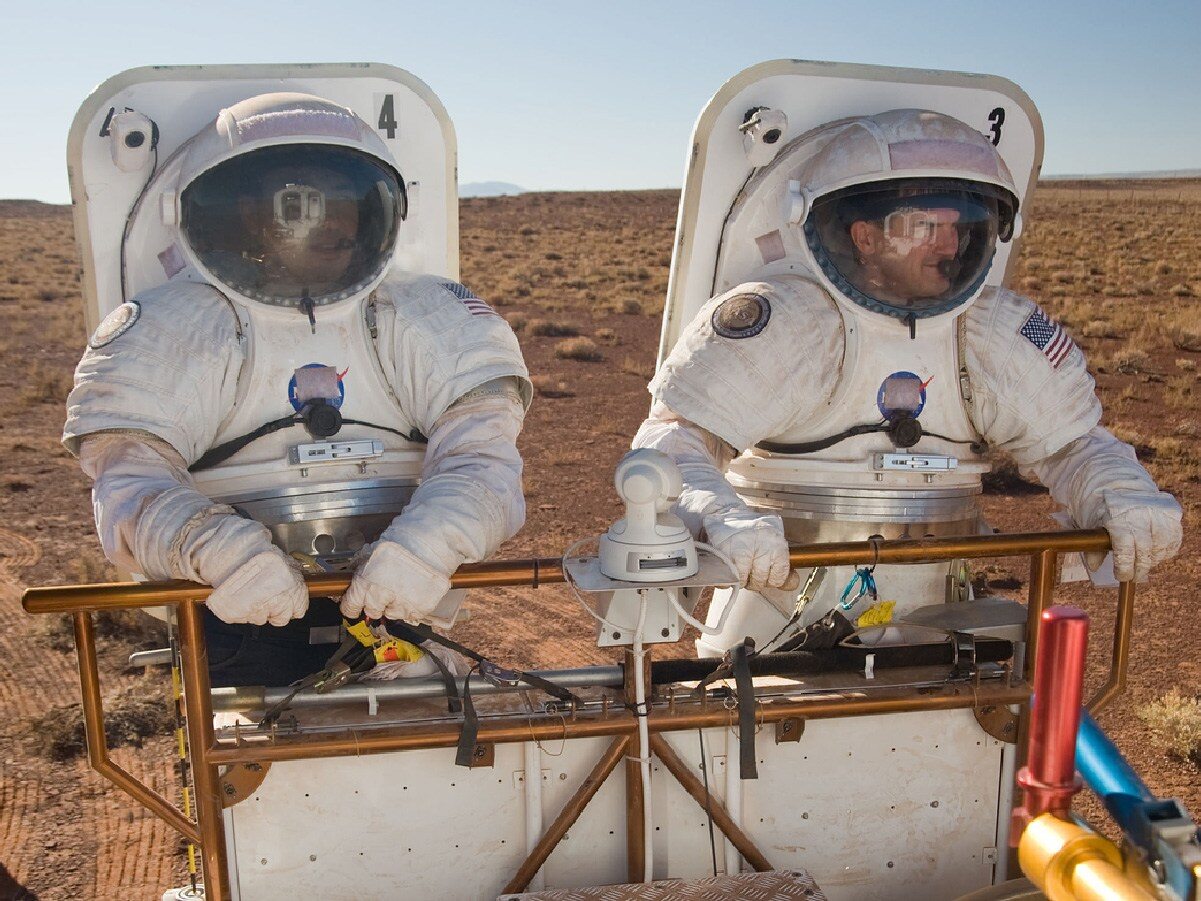Death of an astronaut on Mars. What are NASA’s procedures?

While this has never happened, NASA must be prepared for any situation in orbit. The agency from the USA is therefore also ready for a fatal accident. Here’s what happens when an astronaut dies in space.
History knows cases when astronauts died while carrying out missions. Most often, however, this happens during the launch of a rocket or landing of a capsule on Earth. So far, however, there has been no case of death in orbit – due to an accident or a medical emergency.
But NASA needs to be ready now. Therefore, we should not be surprised that appropriate procedures have been prepared for such an eventuality.
Death in space – what will NASA do with the astronaut’s body?
First: prevention. Before any person goes into space – whether a professional astronaut or just a comical tourist – must pass a fairly thorough medical examination. A candidate for a mission may be rejected precisely because of their health condition, which the trip could further worsen.
Let’s assume, however, that a black scenario happened and one of the crew members died for some reason. What’s next? The US Space Agency rules allow for a few cases, depending on the place of death, the mission and the resources available.
The general rule applies to the distance of the capsule with people from the Earth. In the event of a fatal accident in Low Earth Orbit (ELO), NASA is prepared to bring the body back to Earth in as little as a few hours. This version of the plan includes death on the International Space Station (ISS).
What will NASA do when an astronaut dies on the moon or Mars?
The second possibility concerns debris on missions to the moon – such ambitions are becoming increasingly popular among the world’s space agencies. NASA itself is preparing to return to the surface of the Silver Globe as part of the Artemis program. So it must be prepared for the possibility of failure.
In this case, the Agency documents also talk about transporting the body to Earth. However, such actions would take at least a few days. What’s more, in the event of a major accident, the absolute priority will probably be to preserve the lives and health of the remaining astronauts.
However, NASA is also thinking further ahead – about missions to Mars. Here, the distance from the Blue Planet is so great that turning the ship around to deposit the astronaut’s body is unlikely to be possible.
In this case, the situation becomes difficult, because the most likely scenario is to store the body on board and return it to the family at the very end of the mission. This means that the remains would have to be stored in a body bag or special chamber for up to several years.
What about cremation or burial? Unfortunately, they are unlikely to be possible. Incinerating the body would consume huge amounts of energy, which is essential for the success of the entire mission. NASA is also absolutely against polluting space with microorganisms from Earth – we simply do not know what the effects of such a scenario could be. The Agency even sterilizes rovers, so dumping a body through an airlock or burying an astronaut in a grave on Mars is strictly forbidden.






